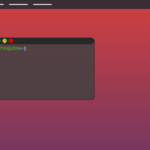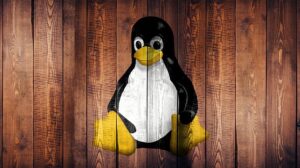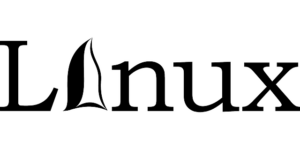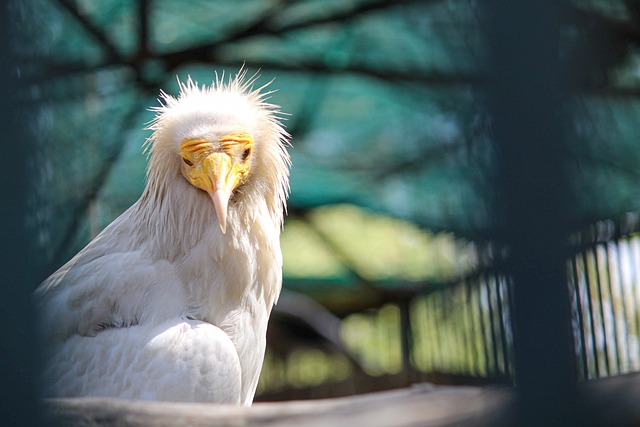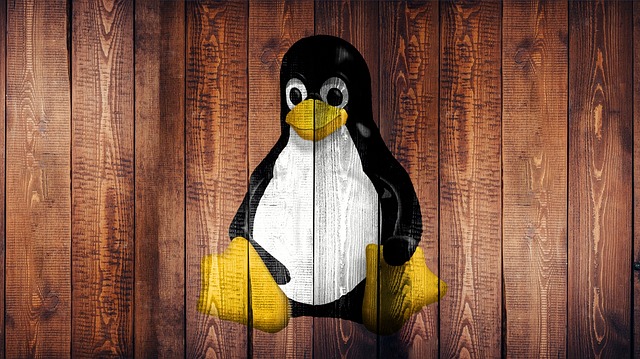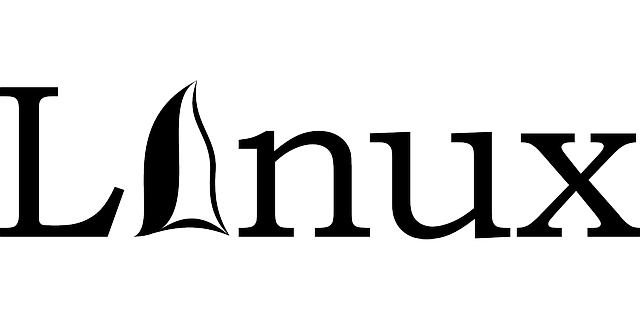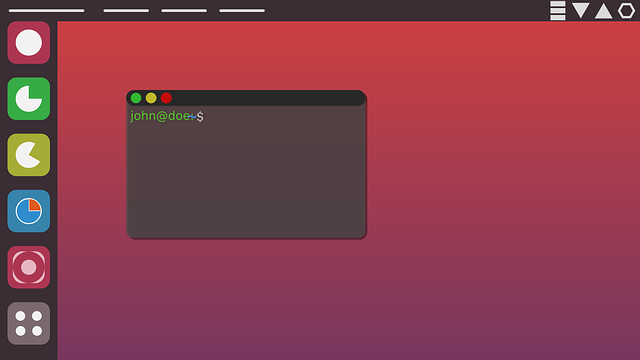Navigating the realm of computer vision, particularly within diverse hardware configurations, presents unique challenges and opportunities. This article delves into harnessing the power of Linux to achieve optimal performance in various setups. We explore how to tailor OpenCV and deep learning frameworks for efficient execution on different Linux systems, emphasizing scalability and flexibility through effective hardware abstraction techniques. By understanding these approaches, developers can ensure their computer vision solutions are robust and versatile across a spectrum of computing environments, thereby enhancing the capabilities and applications of computer vision technology in diverse contexts.
- Leveraging Linux for Optimal Computer Vision Across Diverse Hardware Configurations
- Customizing OpenCV and Deep Learning Frameworks for Efficient Performance on Varied Linux Systems
- Ensuring Scalability and Flexibility: Hardware Abstraction Techniques in Linux-Based Computer Vision Solutions
Leveraging Linux for Optimal Computer Vision Across Diverse Hardware Configurations
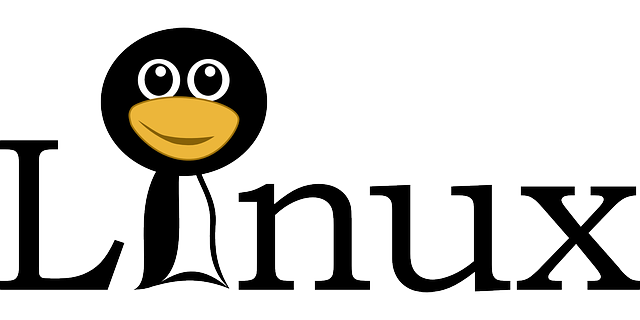
Linux’s adaptable nature makes it an ideal platform for deploying computer vision applications across a spectrum of hardware configurations. The open-source environment offers a plethora of libraries and tools tailored for computer vision, such as OpenCV and TensorFlow, which are widely supported and optimized to run efficiently on various systems, from resource-constrained embedded devices to high-performance servers. This versatility is particularly beneficial in scenarios where hardware diversity is the norm rather than the exception. By utilizing Linux’s modular kernel and its ability to manage system resources effectively, developers can create robust computer vision applications that are not only portable across different hardware setups but also scalable to meet the varying computational demands of each environment. The flexibility of Linux on diverse hardware configurations ensures that computer vision applications maintain high performance and accuracy, making it a reliable choice for real-world deployment in a multitude of settings, from retail to healthcare, where consistent and reliable image processing is paramount.
Customizing OpenCV and Deep Learning Frameworks for Efficient Performance on Varied Linux Systems

Leveraging OpenCV and deep learning frameworks within diverse hardware environments on Linux-based systems necessitates a tailored approach for optimal performance. Customization of these frameworks is pivotal, as it allows for the efficient allocation of computational resources across varying configurations. For instance, when integrating OpenCV with Linux distributions, developers can fine-tune the library’s settings to match the specifications of the host machine. This includes selecting appropriate algorithms for the system’s graphics processing unit (GPU), ensuring that computationally intensive tasks like image processing and feature detection are handled by the most suitable hardware components. Similarly, deep learning frameworks such as TensorFlow or PyTorch can be optimized to run seamlessly on Linux systems, from low-power embedded devices to high-end servers. By tuning hyperparameters and selecting models that align with the system’s capabilities, these frameworks can deliver accurate results in real-time, thus enhancing the computer vision applications’ performance.
In the realm of Linux-based computer vision applications, the versatility and configurability of OpenCV and deep learning frameworks are particularly valuable. Users can modify the level of parallelism and resource utilization to fit their specific hardware setup, thereby improving execution speed and overall efficiency. This customization is not a one-size-fits-all solution but rather a dynamic process that involves profiling, testing, and optimizing the performance on each unique hardware configuration. By adopting this approach, developers can ensure that their computer vision solutions are robust and scalable across different Linux environments, providing reliable and high-quality outputs regardless of the underlying hardware. Key considerations include the selection of appropriate pre-processing techniques, the choice of algorithms suited to the system’s GPU capabilities, and the effective management of memory usage, all of which contribute to the seamless integration and performance of OpenCV and deep learning frameworks within Linux systems.
Ensuring Scalability and Flexibility: Hardware Abstraction Techniques in Linux-Based Computer Vision Solutions
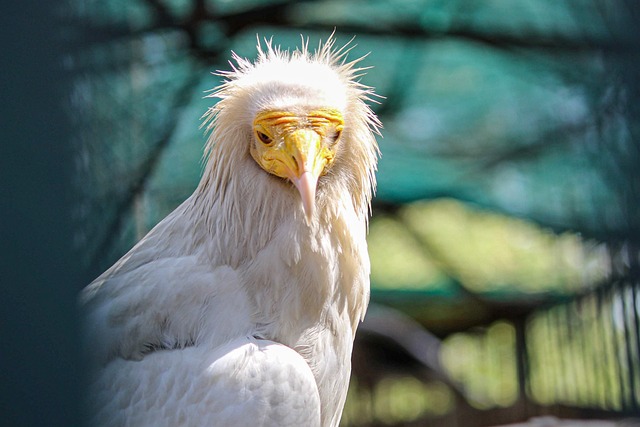
In the realm of computer vision, scalability and flexibility are paramount to accommodate a wide array of hardware configurations. Linux-based solutions excel in this domain due to their robust support for diverse computing platforms. A key factor contributing to this adaptability is hardware abstraction, which allows applications to operate across various processors, memory architectures, and input/output standards without modification. This abstraction is facilitated by the Linux kernel’s modular design, which separates the software from the underlying hardware specifics. As a result, developers can focus on the core functionalities of computer vision algorithms, such as image recognition and video analysis, while relying on the kernel to efficiently manage system resources across different hardware setups.
Furthermore, Linux’s open-source nature and active community have led to a plethora of frameworks and libraries specifically tailored for computer vision with Linux. These include OpenCV, which is widely used for its extensive support of high-level computing languages like Python and C++. The combination of hardware abstraction techniques within the Linux kernel and the rich ecosystem of computer vision tools creates a powerful synergy that ensures seamless performance on everything from embedded devices to high-end servers. This not only streamlines the deployment process for developers but also future-proofs applications against the rapid evolution of hardware technology, making Linux-based solutions a viable and versatile choice for cutting-edge computer vision applications.





